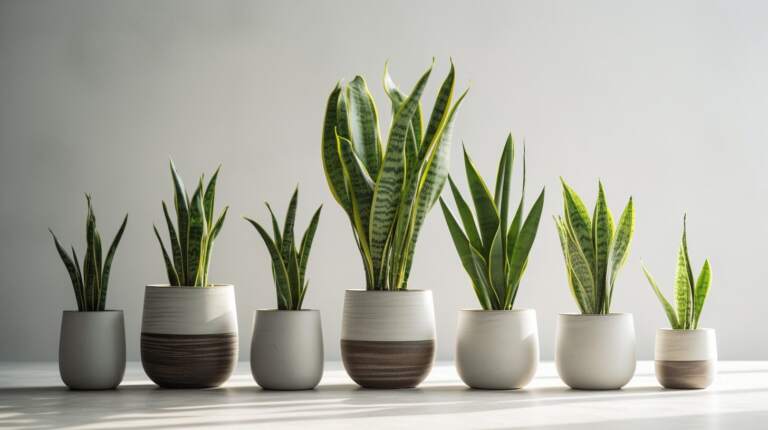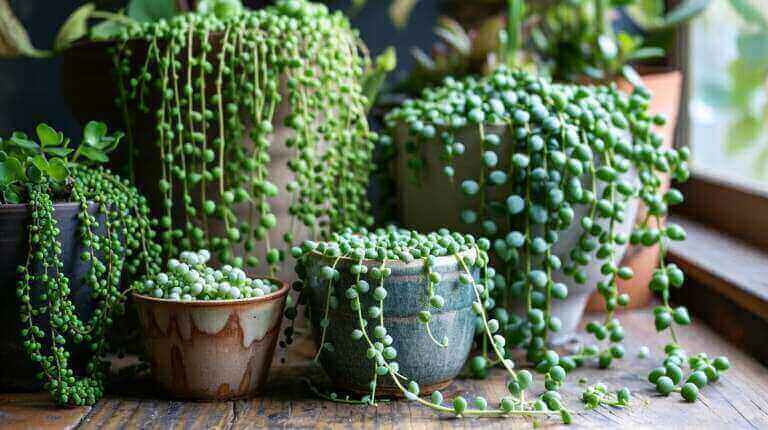What is a Fiddle Leaf Fig Tree? An Overview of Ficus Lyrata
The fiddle-leaf fig, also known as Ficus lyrata, is a popular ornamental house plant in the United States. It is a small tropical tree with large, broad, and lyre-shaped green leaves that can measure up to 18 inches long. This evergreen plant rarely flowers or bears fruit when grown indoors. Native to tropical regions of western and central Africa, the fiddle-leaf fig can reach heights of up to 10 feet as a houseplant. It thrives in bright indirect light, well-drained soil, and moderate humidity. However, it is important to protect it from direct sunlight. While the fiddle-leaf fig is an attractive and low-maintenance houseplant, it is toxic to humans, cats, and dogs if ingested. Its sap can also cause skin irritation.
Key Takeaways:
- The fiddle-leaf fig, or Ficus lyrata, is a popular houseplant in the United States.
- It has large, broad, and lyre-shaped green leaves measuring up to 18 inches long.
- The fiddle-leaf fig prefers bright indirect light, well-drained soil, and moderate humidity.
- It can grow up to 10 feet tall as a houseplant and is toxic if ingested by humans, cats, or dogs.
- Proper care and attention are necessary to keep your fiddle-leaf fig healthy and thriving.
Growing and Caring for a Fiddle Leaf Fig Tree(Ficus Lyrata)
When it comes to growing and caring for a fiddle leaf fig, providing the right conditions is key. This popular houseplant thrives in bright indirect light or partial shade, so it’s important to position it where it will receive enough light without being exposed to direct sunlight. Additionally, using well-drained potting soil specifically designed for indoor plants will help ensure proper drainage and prevent waterlogging.
Watering the fiddle leaf fig is another important aspect of care. It’s best to water the plant regularly, allowing the top inch of soil to dry out between waterings. Overwatering can lead to root rot, while underwatering can cause leaf drop and hinder new growth. By finding the right balance and monitoring the moisture levels in the soil, you can help your fiddle leaf fig thrive.
Proper pruning is also essential for maintaining the shape and health of your fiddle leaf fig. Regularly trim away any dead or damaged leaves, and consider pruning for size control if your plant is growing too large for its space. By pruning strategically and removing any unhealthy growth, you can encourage new growth and maintain a visually appealing plant.
Light Requirements for Fiddle Leaf Fig
Light requirements play a crucial role in the well-being of your fiddle leaf fig. While it prefers bright indirect light, it is important to protect it from direct sunlight, as this can scorch the leaves. Placing your plant near a north or east-facing window can provide the ideal balance of light. If your fiddle leaf fig isn’t receiving enough light, you may notice leggy growth or leaves that start to droop and lose their vibrant green color. On the other hand, too much light can cause leaf burn and discoloration. Finding the right balance is key to keeping your fiddle leaf fig happy and healthy.
Table: Fiddle Leaf Fig Care Guide
| Aspect of Care | Details |
|---|---|
| Light | Bright indirect light or partial shade; protect from direct sunlight |
| Soil | Well-drained potting soil designed for indoor plants |
| Watering | Regular watering, allowing top inch of soil to dry out between waterings |
| Pruning | Regularly trim away dead or damaged leaves; prune for size control if necessary |
By providing the right conditions and following a proper care routine, you can enjoy the beauty of a thriving fiddle leaf fig in your home. Remember to monitor the light, water, and pruning needs of your plant to ensure its overall health and longevity.
Common Problems and Pests of Fiddle Leaf Fig
While the fiddle leaf fig is generally a low-maintenance plant, it can still face some common issues. Pests such as scale, aphids, mealybugs, thrips, and spider mites may infest the plant, requiring monitoring and appropriate treatment. These pests can cause damage to the leaves and affect the overall health of the plant.
“Pests such as scale, aphids, mealybugs, thrips, and spider mites may infest the fiddle leaf fig plant, requiring proper monitoring and treatment.”
Fungal diseases can also affect the fiddle leaf fig, causing brown spots on the leaves or root rot if overwatered. Excessive moisture and poor drainage can create a conducive environment for fungal growth. To prevent these diseases, it is important to avoid overwatering and provide proper ventilation for the plant.
Leaf drop may occur if the fiddle leaf fig is not receiving the right amount of water. Overwatering or underwatering can lead to leaf shedding. It is important to find the right balance in watering the plant, allowing the top inch of soil to dry out before the next watering.
To keep your fiddle leaf fig healthy, it is essential to maintain proper care and address any problems promptly. Regularly inspect the plant for pests, check for signs of fungal diseases, and ensure the plant is receiving appropriate watering. With the right attention and care, your fiddle leaf fig can thrive and continue to beautify your indoor space.
Pests and Diseases Summary
- Pests: Scale, aphids, mealybugs, thrips, and spider mites.
- Diseases: Fungal diseases causing brown spots and root rot.
- Leaf Drop: Caused by overwatering or underwatering.
| Pests | Causes | Prevention and Treatment |
|---|---|---|
| Scale, aphids, mealybugs, thrips, and spider mites | Infestation due to inadequate care or introduction from other plants. | Regular monitoring, use of insecticidal soaps or oils, and isolation of infested plants. |
| Diseases | Causes | Prevention and Treatment |
| Fungal diseases causing brown spots and root rot | Excessive moisture and poor drainage. | Proper watering techniques, well-draining soil, and good ventilation. |
By being aware of these common problems and pests, you can take proactive measures to maintain the health and vitality of your fiddle leaf fig. Regular care, monitoring, and timely intervention can help ensure your plant thrives and remains a beautiful addition to your indoor space.
Tips for Growing Fiddle Leaf Fig as a Houseplant
If you’re looking to add an indoor houseplant to your home, the fiddle leaf fig is a great choice. To ensure its success, there are a few tips to keep in mind.
First and foremost, choose the right potting mix. Opt for a well-draining mix specifically designed for indoor plants. This will help prevent water from pooling at the roots and causing root rot.
Next, pay attention to humidity and temperature. Fiddle leaf figs prefer moderate relative humidity, ideally above 50%. Consider using a humidifier or placing a tray of water near the plant to increase humidity levels. Additionally, keep the temperature above 55 degrees Fahrenheit to provide the ideal growing conditions.
Regular pruning is essential for maintaining the shape of your fiddle leaf fig. As the plant grows, trim back any unruly branches or dead leaves. This will not only keep the plant looking its best, but also encourage new growth.
FAQ
What is a fiddle leaf fig?
A fiddle leaf fig, also known as Ficus lyrata, is a popular indoor houseplant characterized by its large, glossy leaves and striking appearance. It is native to the rainforests of West Africa and belongs to the ficus species.
Why are the leaves of my fiddle leaf fig turning brown?
Brown leaves on a fiddle leaf fig can be a sign of overwatering, underwatering, or exposure to drafts or dry air. It’s important to assess the watering schedule, humidity levels, and the plant’s environment to address this issue.
How can I fertilize my fiddle leaf fig?
Fertilize your fiddle leaf fig with a balanced liquid fertilizer specifically designed for houseplants. During the growing season, apply the fertilizer according to the instructions on the product label to support the plant’s growth.
Can I prune my fiddle leaf fig?
Yes, regular pruning of a fiddle leaf fig is beneficial for controlling its shape and size, promoting new growth, and removing any damaged or diseased leaves. Use clean, sharp pruning shears to trim the plant as needed.
How can I promote a healthy fiddle leaf fig?
To maintain a healthy fiddle leaf fig, provide it with consistent light, proper watering, regular fertilization, and attentive plant care. Monitoring its growth, addressing any issues promptly, and staying informed about its specific needs are key to promoting its overall well-being.







